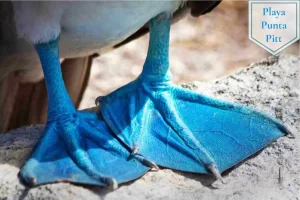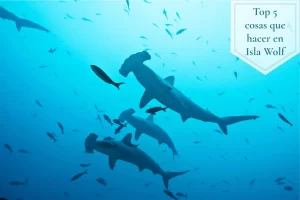Floreana Island was named after Juan Jose Flores, the first president of Ecuador, during whose administration the Ecuadorian government took possession of the archipelago. It is also called Santa Maria, after one of Christopher Columbus' caravels. It has an area of 173 km² and a maximum elevation of 640 meters. Floreana is one of the islands with the most fascinating human history and one of the first to be inhabited. On this island (from December to May), there are nesting sites for pink flamingos and green sea turtles. Additionally, a nocturnal seabird species can be found here, spending most of its life away from land.
Floreana was the first inhabited island. The history of this island is incredibly fascinating, as it includes the mysterious deaths of some residents that remain unsolved to this day. If you are interested in the full story, you can read the book “Floreana” by Margaret Wittmer. She lived on Floreana for more than 60 years and passed away in 2000 at the age of 95. Her descendants still run a hotel on the island.
Peace Asylum
Asilo de la Paz (450 m mountain) is a wonderful place to visit, located a few kilometers from the island of Puerto Velasco Ibarra. Thanks to the freshwater found here, this area was inhabited by the first settlers, who found refuge in the nearby caves. Here you can easily observe the endemic finch species.
Post office Bay
On the north shore is Post Office Bay. In the early 19th century, whalers began leaving their mail in a barrel and receiving letters from other sailors on the way to their destination. This tradition is still practiced by tourists (obviously the barrel is no longer the original). The idea is to carry the letters or postcards to their destination by hand. Besides being the post office, this was the landing place for some of the first settlers.
Cormorant Bay
Punta Cormorant is a light green beach (thanks to olivine crystals) located between two tuff cones, a colony of sea lions calls this place home. The trail (100 m) climbs up to a lagoon very popular with flamingos. A few dozen flamingos are often seen there, as well as oystercatchers, white-winged sandpipers, curlews, green sandpipers, black-bellied sandpipers, and black-bellied sandpipers. It is also recommended to watch the sky as Galapagos hawks fly over the lagoon often. The trail crosses the isthmus to a beautiful and incredible white sand beach where you can swim and enjoy the Island. White-tip sharks and rays are common here as they move through the water. From December to March, Pacific green sea turtles use this place to lay their eggs.
Devil's Crown
One of the most beautiful places for snorkeling is Devil’s Crown, a semi-submerged volcanic crater. The interior is sandy and protected from the waves, while the currents outside can be very strong. There are some underwater tunnels to explore. The area is home to many colorful fish, sea turtles, and sometimes sharks. For divers and swimmers, this is an opportunity not to be missed!


















